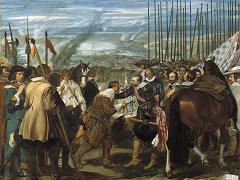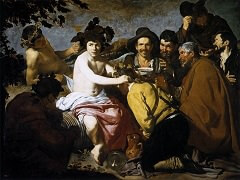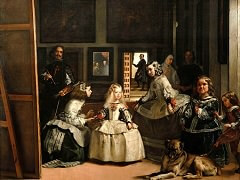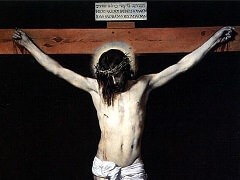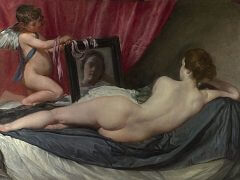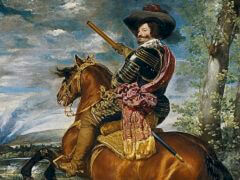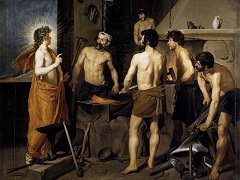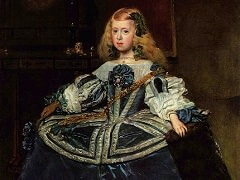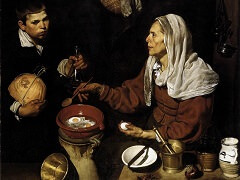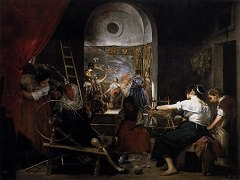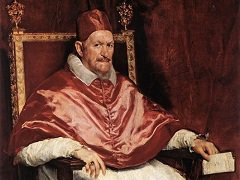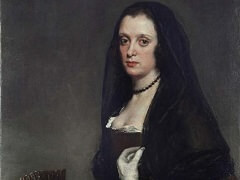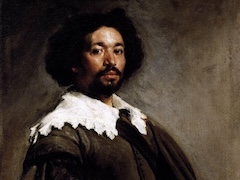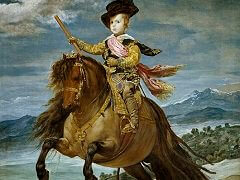Philip IV on Horseback, 1634 by Diego Velázquez
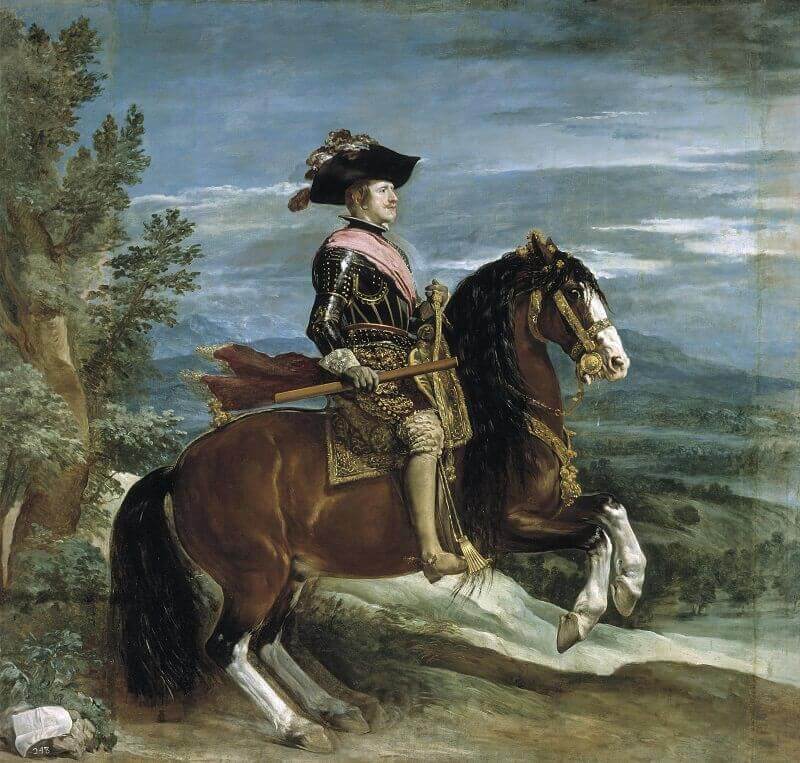
Philip IV on Horseback was of course the most important item in this cycle. The king is shown here in all his absolute might and power enjoying, as a contemporary account puts it, a triumph such as few heroes of the past or present could boast. Seventeenth-century Spanish horses, bred from crosses with Arab stallions, were famous for their proud bearing and temperamental beauty. Velázquez had the opportunity of observing them daily in the royal stables or when the king put them through their paces. The curvet represented the peak of equestrian skill, the moment when the rider had to gather all his strength together, and in this picture the king is making his mount curvet. Baroque art also understood this pose as signifying the sovereignty with which a monarch tamed the unruly power of the people or the animal savagery of an enemy.
In line with these ideas, and in a picture now lost, Rubens had already shown Philip IV on horseback triumphing over his enemies. Velázquez does not call upon the emotionally highly charged background usual in Rubens, nor does he employ any grand allegorical accessories. He also does not exaggerate the king's size by placing him in front of a very low horizon with tiny soldiers in the middle ground, as the Flemish master did in his portrait of Philip II. While Velázquez uses a more restrained pictorial rhetoric than Rubens, his royal horseman is livelier and more elegant than the subject in another famous painting - Titian's Equestrian Portrait of Charles V The pure profile emphasizes the fine outline of man and beast, and contrasts the rising movement of the horse with the falling slope of an extensive and idealized landscape. Its pigmentation, shot with beautiful shades of green and blue, is reminiscent of sixteenth-century Flemish landscapes.

